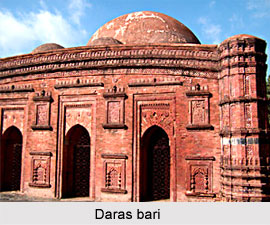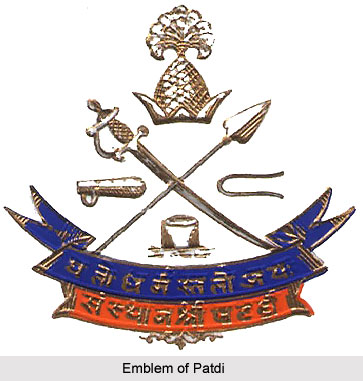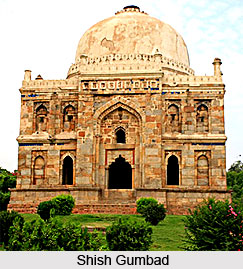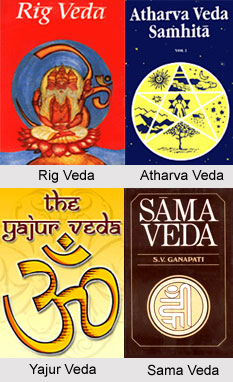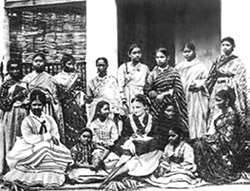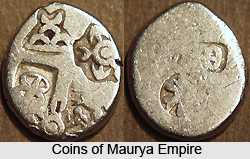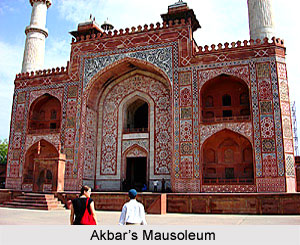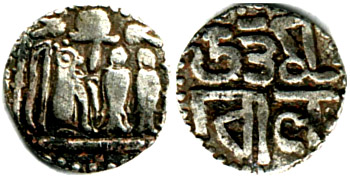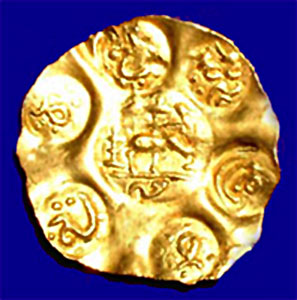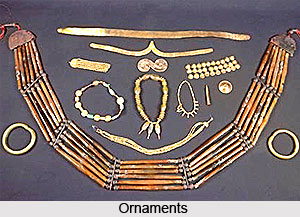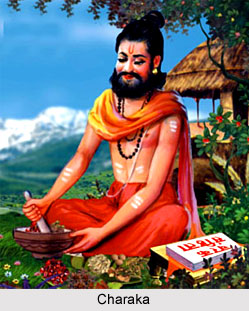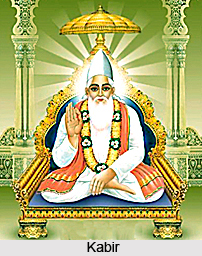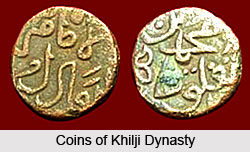The Princely State of Satlasna, also known as Mahavad state, was assigned as one of the former princely states of India during the early 19th century. The territory was under the indirect control of the British Empire in India. The erstwhile native state was scattered over a total area of 50 miles and had a total population of 5,657 in the year 1931. The taluka of Satlasna was situated in the Sadra Division and consisted of around 19 villages. The princely state of Satlasna was bordered by the princely state of Danta in the north; by the princely state of Idar in the east; and by the various by the estates and talukas of Gadhwada Thana in the south and the west.
History of Princely State of Satlasna
The native ruler of the princely state of Satlasna held the title of Thakor. The ruling family of the state was Kolis who claimed to be descendants of Chauhan Rajputs. The ruling family, who settled in the region in the year 1459, was Chauhan Gadhias. The Gadhia Chauhan Rajputs, offshoots of the state of Satlasna, were also the ruling family of the princely state of Timba. The Thakor of Satlasna state founded the jagirs of Umbri, Kothasna and Bhalusna for his sons in the year 1703. The native state lost almost one third of its Gadhwada holdings during the wars with Palanpur in the 18th century. The rule of male primogeniture, through which the first born or eldest child of the same parents inherited the entire estate of one or both parents, to the exclusion of all others, was not followed in the succession of the throne or gadi of Satlasna state.
Administration of Princely State of Satlasna
The native state was under the administrative control of the Baroda Agency, which was a sub division of the Western India States Agency. Later the territory was amalgamated with the Indian state of Gujarat. The princely state of Satlasna was also incorporated as a part of the Sabar Kantha Agency and the Sadra Division as well. Satlasna state was included in the Gadhwada Thana and was its headquarters.
Until the class system was abolished in the year 1928, the Thakor of princely state of Satlasna was ranked as a Sixth Class state of Mahi Kantha chiefs. The territory was primarily a non jurisdictionary state and the Political Agent, also known as Resident of British India, supervised the relations of the native ruler and the state with the British administration and other Indian princely states. The native ruler of the state was not invested with jurisdictional authority which was exercised in the Thakor`s behalf by the Thandar of Gadhwada Thana. The native state paid annual tribute to the princely state of Baroda and the princely state of Idar. According to the Attachment Scheme of 1943, the princely state of Satlasna was attached to the princely state of Baroda.
Accession of Princely State of Satlasna
When the country achieved independence after the political withdrawal of the British Government of India on 15th August 1947, the nation was divided between India and Pakistan. The native rulers of the princely states of India were given the option of acceding to either the Union of India or the Dominion of Pakistan. The native Thakor of the princely state of Satlasna decided to accede his state to the newly formed Union of India. At present, the region is incorporated as a part of the modern Indian state in Gujarat state.


